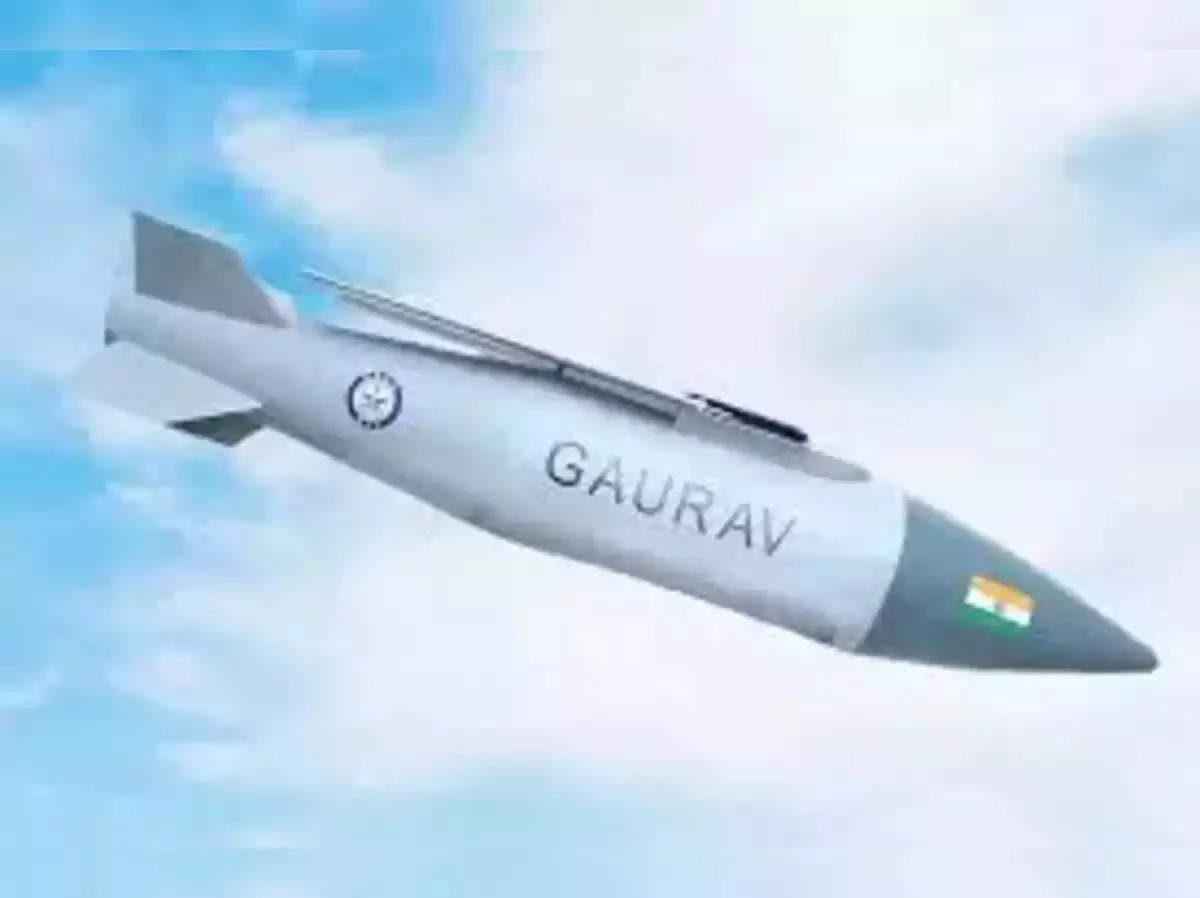Source- This post on Long Range Glide Bomb ‘GAURAV has been created based on the article “DRDO carries out flight test of Long Range Glide Bomb ‘GAURAV’ from Su-30 MK-I platform off Odisha coast” published in “Economic Times” on 14 August 2024.
Why in News?
Recently, the Defence Research and Development Organisation (DRDO) of India successfully conducted the first flight test of the long-range glide bomb named Gaurav.
This test was carried out using a Su-30 MK-I fighter jet from the Indian Air Force which represents a significant milestone in India’s efforts to develop advanced indigenous defence technologies.
About Gaurav

| Aspects | Description |
| About | Gaurav is an air-launched glide bomb designed to hit targets from a long distance with high precision. |
| Developed by | The Gaurav bomb was developed by the Research Centre Imarat in Hyderabad. |
| Key capabilities | 1. Long-Range Target Engagement: GAURAV is capable of striking targets at extended distances, providing a significant tactical advantage. 2. High Precision: The bomb is equipped with a hybrid navigation system that integrates Inertial Navigation System (INS) and GPS, ensuring pinpoint accuracy. 3. Indigenous Development: GAURAV is designed and developed entirely in India showcasing the country’s growing self-reliance in advanced defence technology. 4. Large Payload: Weighing 1,000 kg, it can deliver a substantial payload to its target, enhancing its effectiveness in a variety of combat scenarios. 5. Air-Launched Platform: The bomb is launched from a Su-30 MK-I fighter jet, allowing it to be deployed from a significant altitude and distance from the target, enhancing its reach and survivability. |
| First test flight details | 1. The first test flight of the GAURAV glide bomb was conducted off the coast of Odisha, where it successfully struck a target on Long Wheeler’s Island. 2. Advanced telemetry and electro-optical tracking systems were employed to capture detailed data during the test |
UPSC Syllabus: Science and technology






